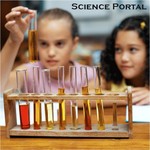
Scientific Methods
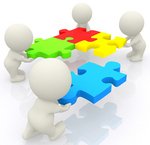
Science Process

Data - SMART Goal
 |
Scientific Methods |
 Science Process |
 Data - SMART Goal |
|
Technological Design - Engineering |
| MS-ETS1-1.
Evidence Statement Define the criteria and constraints of a design problem with sufficient precision to ensure a successful solution, taking into account relevant scientific principles and potential impacts on people and the natural environment that may limit possible solutions. |
| MS-ETS1-2.
Evidence Statement Evaluate competing design solutions using a systematic process to determine how well they meet the criteria and constraints of the problem. |
| MS-ETS1-3.
Evidence Statement Analyze data from tests to determine similarities and differences among several design solutions to identify the best characteristics of each that can be combined into a new solution to better meet the criteria for success. |
| MS-ETS1-4.
Evidence Statement Develop a model to generate data for iterative testing and modification of a proposed object, tool, or process such that an optimal design can be achieved.How do ideas become things we use? |
| Packet |
 PS
2-1 Egg Drop Project PS
2-1 Egg Drop Project
(standard PS2-1) Design of a crash protector (i.e. car bumper or egg-drop vehicle.) Bing Image Search for "Egg Drop Competition"
|
Thermal Energy Project MS-PS3-3
|
 Gravity Racer Project
Gravity Racer Project
Design, build, test, and improve on your own gravity-powered vehicle that can travel over 1 meter down a ramp. |
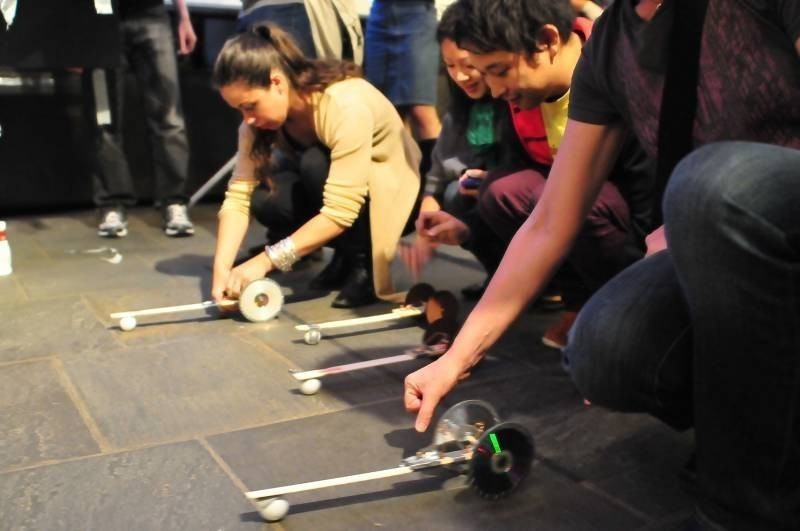 Newton Scooter
Project
Newton Scooter
ProjectDesign, build, test, and improve on your own self- powered vehicle that can travel over 1 meter on a flat surface or in level flight. |
| BrainPop Animations and Practice Quizes |
Vocabulary The Process of Design Robert Fulton: Engineering Booklet Mechanical Engineering Booklet Machines Make It Move Booklet |
| Labs & Videos |
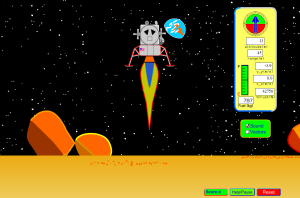 Action-Reaction Lunar Lander write up an experiment based on this activity. |
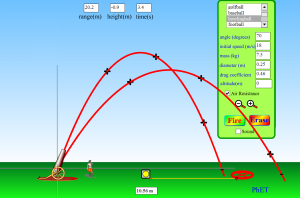 Action-Reaction Projectile Motion write up an experiment based on this activity. |
Gizmos- Fan Car Lab Action-Reaction Worksheet write up an experiment |
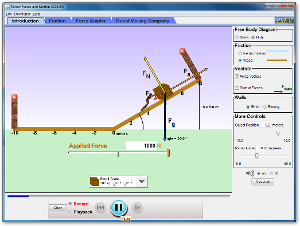 Ramp: Forces & Motion write up an experiment based on this activity. |
|
|
 Museum of Science and Industry Game |
 COSI Tutorial |
 Zoom GoldBurg Invention |
|
Disney
Imagineering Design Video Viewing Questions Pearson Work and Machines |
Nye Structures Video -SchoolTube Quiz |
Nye Simple Machines Video - SchoolTube Quiz |
Nye Inventions - Shooltube |
| Prentice Hall Video Technology and Engineering |
Design of a crash protector MS-PS2-1 Apply
Newton's Third Law to design a solution to a problem involving the
motion of two colliding objects. (i.e. car bumper or
egg-drop vehicle.) Search: "school project car crash"
"school project egg drop" (standard
PS2-1) Crash Design - PS2-1 Worksheet |
 |
 |
| Engage Discrepant Event |
Explore Research |
Explain Write-Up |
Elaborate New situations/applications |
Evaluate project to share |
| Reading & Math Work |
|
|
| Projects by Learning Style and Media Type |
|
|
|
 Live
Presentation Project Live
Presentation Project
|
| Essential Vocabulary & Concepts |
| Picture | Core Knowledge or
Concept |

|
Technology things that are designed
and built by humans for humans to use.
Engineering the use of scientific knowledge and technolgies to design and build things for human use. The Technologcial Design Framework is a step-by-step cycle that guides the design, building, and testing of any technological product. MMS uses 7 steps. |
 |
1. Clarify the Design Problem
specifications are
the requirements for the final product.
|
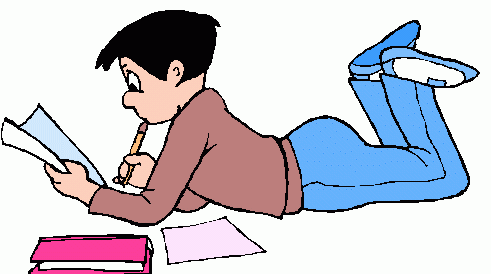 |
2. Research and Investigate the Problem.
|
 |
3. Generate Alternative Designs.
Brainstorming many different ideas to choose from.
|
 |
4. Choose and Justify the Optimal Solution. List the strengths and weaknesses of the alternative designs
|
 |
5. Develop the Prototype.
|
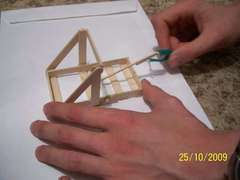 |
6. Test and Evaluate the Design Solution.
Develop one or more tests to assess the performance of the design.
|
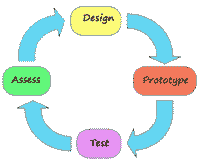 |
7. Redesign the Solution.
Make any design changes suggested by the tests� |
 |
Pugh Charts: are used to check if a design meets the specifications (requirements) of a design. Usually used to compare designs (columns) against each specification (rows.)  |
 |
Scientists Robert Goddard, the father of rocketry in the early 20th century Wernher von Braun, developed the Atlas rocket for the United States. His rockets were powerful enough for NASA's space program and, along with competing Soviet scientists created intercontinental ballistic missiles that could have destroyed the world. |
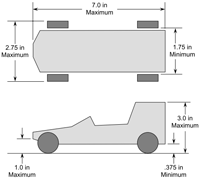 |
Technology Self Propelled Vehicles: use the principles of action-reaction to move themselves by converting stored energy to moving (kinetic) energy Newton Scooters and the Technological Design Cycle |